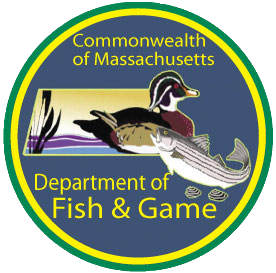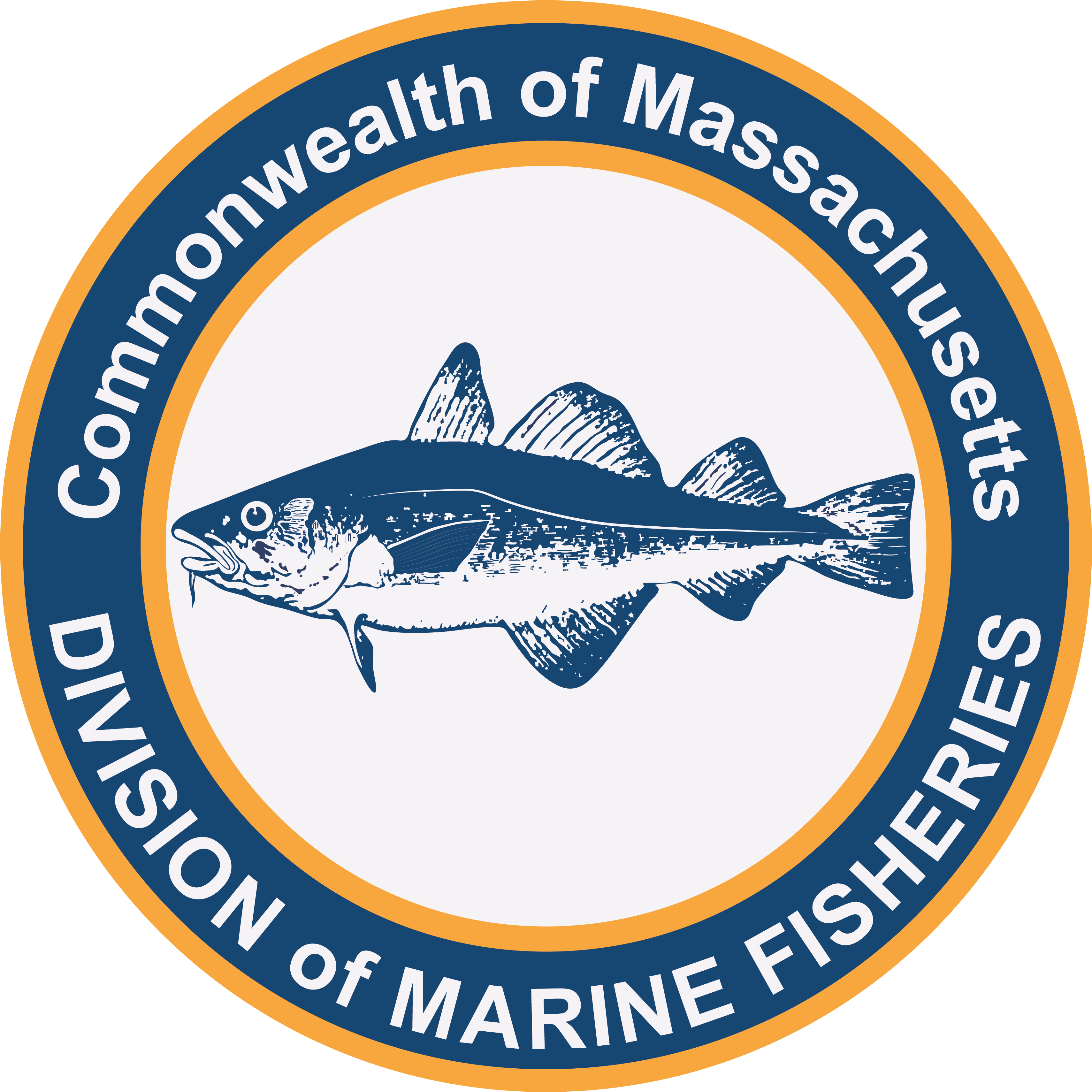- Department of Fish and Game
- Division of Marine Fisheries
Media Contact
Danielle Burney, Deputy Communications Director
BOSTON — The Division of Marine Fisheries (DMF) has filed new regulations to enhance conservation of the Atlantic horseshoe crab. The regulations cap total harvest and mortality beginning this summer by implementing the first-ever biomedical harvest quota. They reduce the number of horseshoe crabs available to the bait fishery, enhance permitting and reporting requirements for the bait and biomedical fisheries, and codify the best management practices (BMPs) developed by the Atlantic States Marine Fisheries Commission (ASMFC) for the biomedical harvest and handling of horseshoe crabs. These regulations were filed alongside those for summer flounder, menhaden, and groundfish, which are routine annual adjustments to commercial fishing rules.
“Capping total horseshoe crab harvest and mortality is likely the single most important conservation measure the state can take this year,” said Division of Marine Fisheries Director Dan McKiernan. “This eliminates the potential for uncontrolled growth in the biomedical fishery, which could negatively impact the resource moving forward. Capping harvest and mortality at near recent levels is appropriate, as the horseshoe crab population has steadily increased since 2010.”
The biomedical quota is set at 200,000 horseshoe crabs annually and will be divided evenly among active biomedical processors. The biomedical quota is set slightly above 2022 harvest levels -- approximately 175,000 horseshoe crabs -- and reflects the importance of limulus amebocyte lysate production for its approved use in the manufacture of medical equipment to prevent bacterial contamination that protects human health and safety. This biomedical use is offset through a reduction in the bait crab quota, which is being reduced by 25,000 horseshoe crabs from 165,000 horseshoe crabs annually to 140,000.
DMF has also enacted several measures to enhance the transparency of the biomedical horseshoe crab fishery management program. This includes formally establishing as regulations the ASMFC’s BMPs for the biomedical horseshoe crab fishery. These BMPs were previously adopted through an annual set of conditions issued to permit holders. Additionally, for 2024, DMF is adopting a new set of permit categories specific to biomedical harvesters, dealers, and processors and requiring daily reporting by all commercial harvesters to improve accountability and prevent quota overages.
These regulations were taken out to public hearing in March of 2023. The Marine Fisheries Advisory Commission (MFAC)—a nine-member statutorily created public body appointed by the Governor to advise DMF on issues germane to fisheries management and approve fishing limits—voted unanimously in favor of adopting them at their May 16 business meeting. After filing the final regulations with the Secretary of State on July 7, they will become effective for this year on July 21.
Additionally, on July 10, the MFAC voted unanimously to reduce the daily horseshoe crab bait fishery trip limit by one-third for the remainder of the 2023 season. This should slow the consumption of the remaining bait quota to avoid an early season closure that may result in regulatory discarding in mixed species mobile gear fisheries.
###

